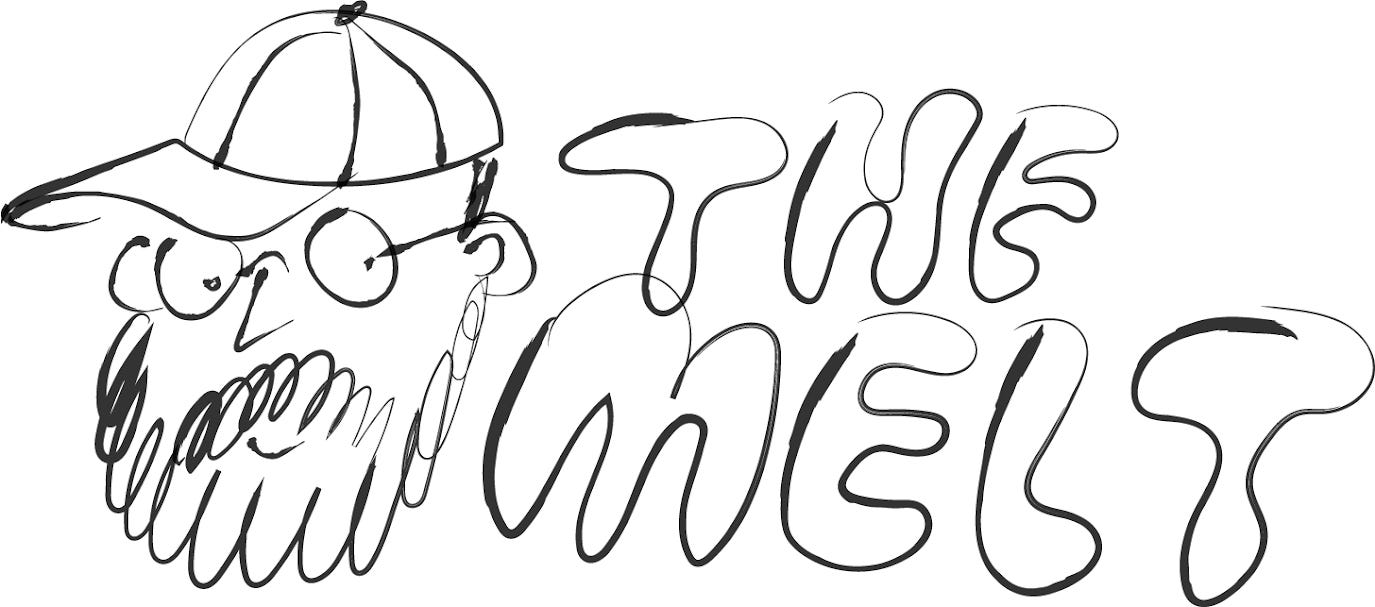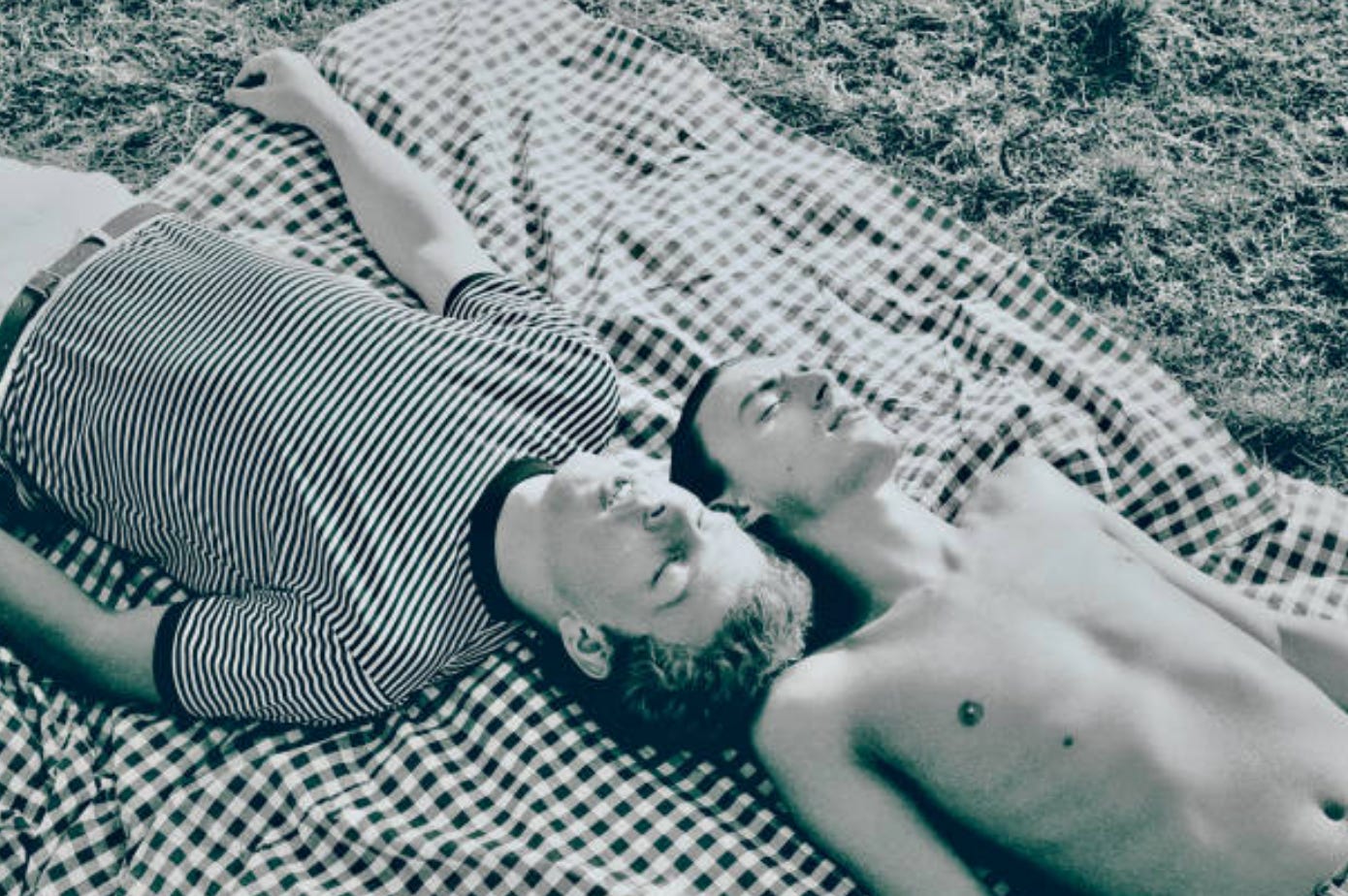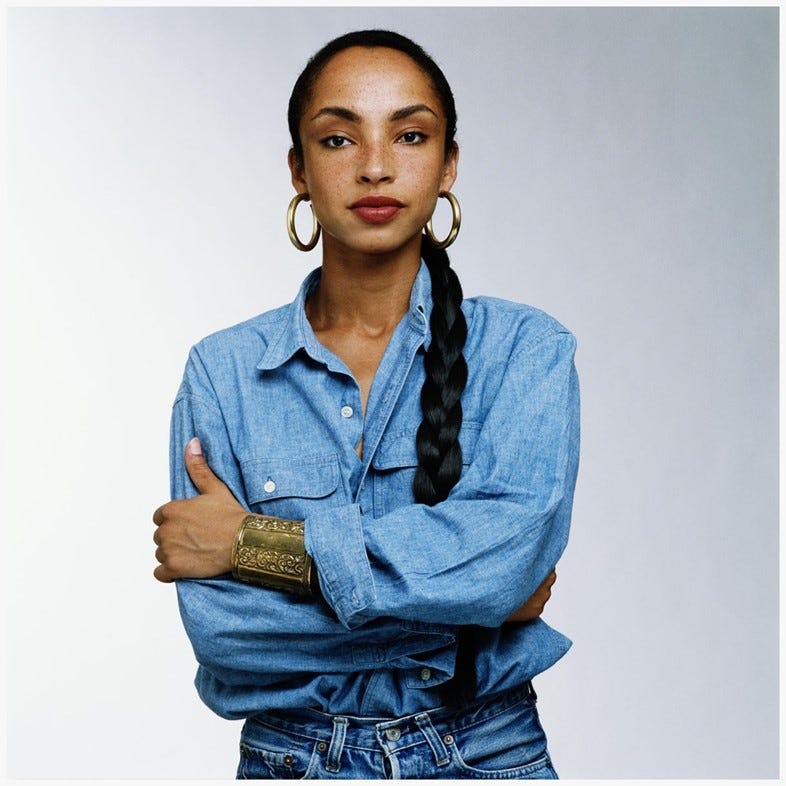The greatest trick some record store employee ever played on me was when I was younger and they simply labeled a Style Council “Paul Weller of the Jam” on a copy of Introducing The Style Council by the Style Council. I was 15, had just enough money to buy one record, and I figured if it said Paul Weller was in it, then it was likely going to sound like the mod punk band that he’s best known for.
As anybody that has actually heard the Style Council can tell you, I was very wrong. Very, very wrong, in fact. When I got home and popped the disc in my CD player, it took about twelve seconds for me to open the machine back up and make sure I had the right record. Perhaps there was a factory mix-up? The CD I was listening to was some suave, sexy jams from the previous decade. I didn’t not like it, but it wasn’t punk. I didn’t know what it was, but looking back, I think I was maybe a little too young to understand. Now I really get it, but when I was a teenager, I had no way of knowing that the CD I was embarrassed to tell anybody I had bought with the little money I had would become more than just a soundtrack to my second-half of summertime, but a whole damn philosophy.
To get a sense of what you’re getting into when you put on a Style Council album, a 1988 Spin review describes the best way to listen to any of the band’s music is while “sipping espresso on a canal boat in Venice, thinking about the world’s oppressed.” I think the reviewer was trying to say there was maybe something a little contradictory about the band’s lyrics and upbeat, soulful sounds, and maybe there was. But I also think it’s good to enjoy yourself with a simple pleasure while also being aware that things aren’t so great in the world.
About 15 years after my first exposure to the Style Council, I gave them another shot. Some guy I knew from years back who used to DJ mod and soul parties was in town. He’d moved to France and was DJing a small bar in the East Village. I showed up expecting upbeat and fast, but I walked into Sade singing “Smooth Operator.” Now, I’m not complaining about that. Anybody that knows me knows I love Ms. Adu—I’ve got a portrait of her on my bedroom wall. But this was maybe 2009 and people were still chasing record contracts trying to be “the next Strokes” or had gone full wannabe James Murphy, except without the vast knowledge of musical history. I wasn’t expecting to walk into a bar in the Bush 2 era and hear Sade. And yet, there was my old friend behind the DJ booth. It was a hot night in early August, and I immediately felt a coolness come over my body when I walked into the bar. It was a clean feeling coming in from the filthy, sticky streets. I ordered my drink and started walking to say hello to my friend who was manning the turntables. He was in a Breton striped shirt with a light blazer, possibly linen, over it. As I walked up to the booth, a familiar song started playing. I couldn’t remember what it was, but as soon as I said hello to my friend, I asked. It was “Long Hot Summer” by the Style Council.
I truly believe that night was a big shift for me. Maybe it was the moment I started to embrace the chill of the dog days of summer, but before that night, I looked at the calendar turn to the second week of July and I’d start thinking about when I’d be able to put on a sweatshirt or Barbour again. But that one night, the cool and calm I felt as soon as I walked into the bar, the chill sounds my friend was pushing through the bar’s speakers, it all made me look at the second half of summertime a little differently. I decided to take the Sade and Style Council and run with it, making it more of a lifestyle for late-July into August. I started digging more into what music critics labeled “sophisti-pop.” Some of the stuff that could be placed under that name I knew. I was familiar and loved bands like Orange Juice, Heaven 17, and some of Bryan Ferry’s solo stuff. I’d seen the early Prefab Sprout albums in used bins a dozen times before, but “Bonny” just hits differently when it’s August and you’re sipping on something cool, gazing at the sky, and there’s this existential dread you know you’ll never shake, so you just lean into it and keep looking up at the clouds. Go West, the Blue Nile, Haircut 100, all this stuff started to hit differently at the same time. “True” by Spandau Ballet, a pop hit I’d heard a billion times before, became one of my staples for getting ready to go out on a hot July evening.
I eventually started expanding my own definition of what I considered sophisti-pop. “So What” by Miles Davis off Kind of Blue is not sophisti-pop, but you can hear traces of its influence, so it is a late-summer standard, “Italian Girls” by Hall & Oates is also never counted, but it has the feel I’m looking for. Newer stuff, like Washed Out’s 2020 album Purple Noon, Jesse Kivel’s solo stuff, and more than a few Dan Bejar Destroyer tracks work. So does a lot of Japanese stuff. I spend a lot of this time of year listening to various City Pop albums. That’s unbeatable when it’s unbearably hot out.
I’ve thought a lot about why I get so specific about the music I listen to around this time of year. Last year, I wrote about another second-half of summer favorite, the Sea and Cake. I can’t help but the Chicago group also fits my personal loose definition of summertime sophisti-adjacent music. But what ties all of this music together is there’s a crispness to it during a time of the year when everything is damp. But that doesn’t mean it’s stiff; quite the opposite. All of this music is loose, it’s good for when the sun is up or long after it has gone down. It’s music to drink Italian cocktails to and should never be played at too loud a volume.








Really loved this post. Just last week I added Long Hot Summer to the playlist for the novel I’m writing (and posting on Substack, inevitably); it’s so evocative.
you had me at "city pop"